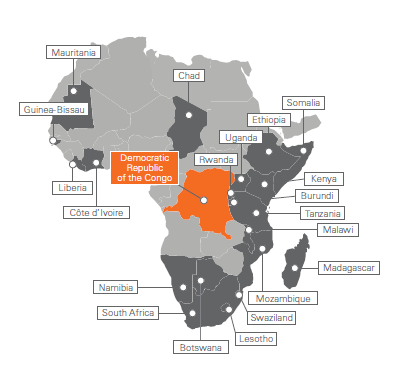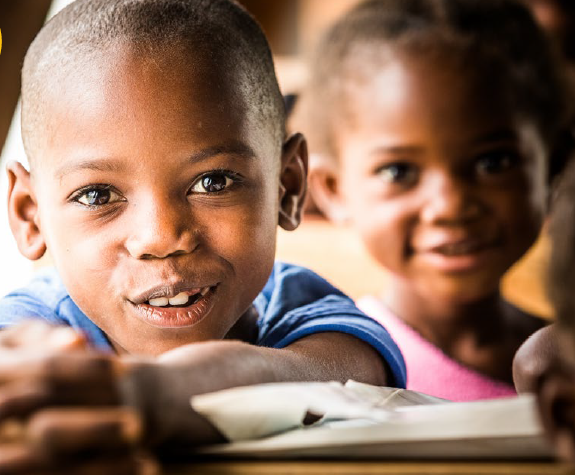Half of the population of the Democratic Republic of Congo (DRC) is under 20 years old. This presents a unique opportunity to leverage the skills, resources and capacities of millions of children and adolescents, to support even greater progress and new growth opportunities for them and the communities in which they live. In support of this, the government is currently updating its comprehensive five-year national strategic plan, which highlights education as a key to socio-economic development, as well as the need for robust investment in human capital. The large young population, combined with consistent economic growth, means there is an excellent opportunity for investment in a ‘demographic dividend’. With the right government policies, investments and strong technical support, together we can ensure that DRC’s children and adolescents contribute to a national vision.
The challenges
While the DRC has the potential and opportunity to change its trajectory and move millions of people out of poverty, many challenges remain:
• Quality of education – children are not provided with educational materials, such as textbooks, or the appropriate and up-to-date teaching methods that they need; schools are unsafe; and there is a significant shortage of qualified teachers;
• Equality in education – there is insufficient support for adolescent girls and children with disabilities. Both require specific programmes and outreach so they can attend school, be safe, and learn in inclusive environments;
• Data and systems improvement – currently, the Ministry of Education and national partners have insufficient information with which to budget, reform and strategically manage the education system.


